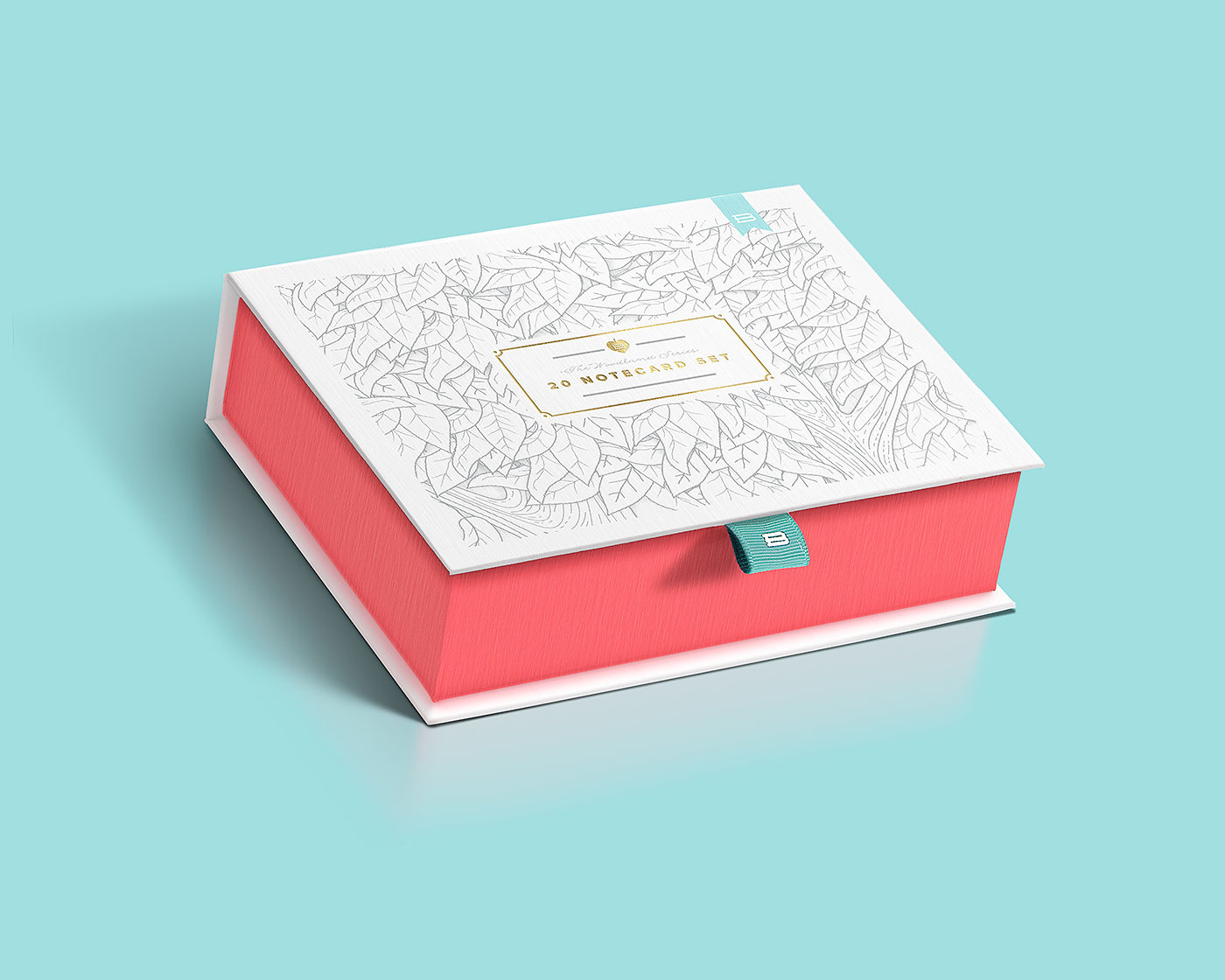
Update, February 2021: For the latest version of Illustrator (2021 / 25.1) this no longer works! Worked like a charm in early CC versions, but in the 2019 version it began not rendering properly in Illustrator, but you can see the results of the blend just fine if imported or copied into Photoshop. So this no longer works in compositions created entirely in Illustrator, but will work if you are using the shadow in a Photoshop illustration. I still use this method for shadows on Photoshop "renders" because it's quick and easy.
Sometimes a "drop shadow" filter just doesn't cut it. Looking at the cast shadow in the above example, the shadow is crisp and dark near the contact point, but becomes more diffuse and diminished with ambient light the farther it gets from the source. Ideally I would reproduce this effect in Photoshop (as I did in the above example), but when perfection is less important than speed or scalability, this Illustrator method could be a great alternative (and makes for a far less cumbersome tutorial). Basically, this tutorial consists of creating a blend out of two shapes, with one of them being gaussian blurred and at a low opacity.


Step 2: Next, I draw a shape that will represent the farthest reach of the shadow. I will start with a shape similar to my first one, but I will round the corners pretty heavily. I filled with R143 G171 B177.

Step 3: Now I'm going to blur this shape I just made (Effect > Blur > Gaussian Blur). I set mine to 30 pixels. You can set this to your liking, and it will depend on your desired result and the size of your shapes. I also generally set the opacity at between 0 and 20%.

Step 4: Then I move to the contact shadow. This isn't always necessary, but I'm going to blur this one as well to 1 pixel. In addition, I will make the opacity somewhere in the range of 90%. This will be as dark as your shadow gets.

Step 5: Now, I blend the shapes. Arrange the shadow shapes so the more blurry/transparent one is BEHIND the darker one. (Object > Arrange > Send to Back). Then, using the blend tool (should be below the eyedropper), click on both shapes. Once you have a blend (probably consisting of only 1 step), double-click the blend tool icon and change "Smooth Color" to "Specified Steps". I chose 35, but do whatever works best for you.

Step 6: Lastly, I move the shadow behind the object, and there ya have it! You can fine tune this, of course, to your liking; changing colors, opacities, blur levels, or even lightening the entire shadow and adding in a more defined, separate contact shadow. You can import into Photoshop (place linked file is better than pasting), or use in Illustrator. This is just a starting point, and this can always be improved on!




